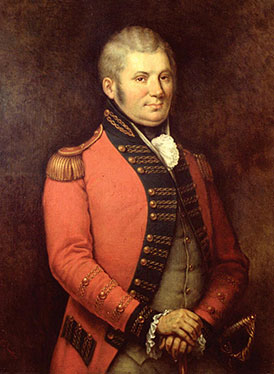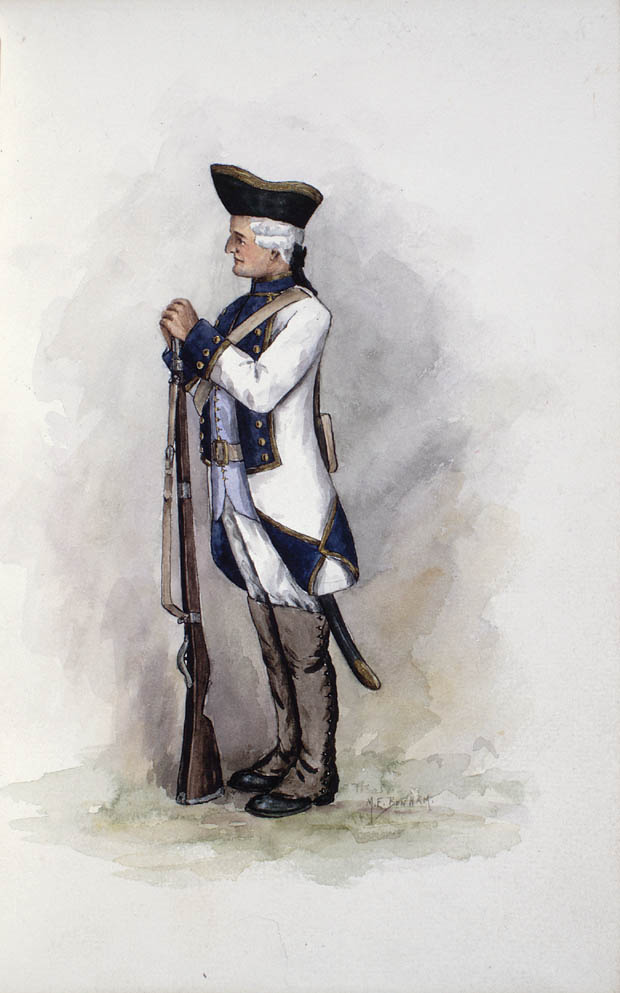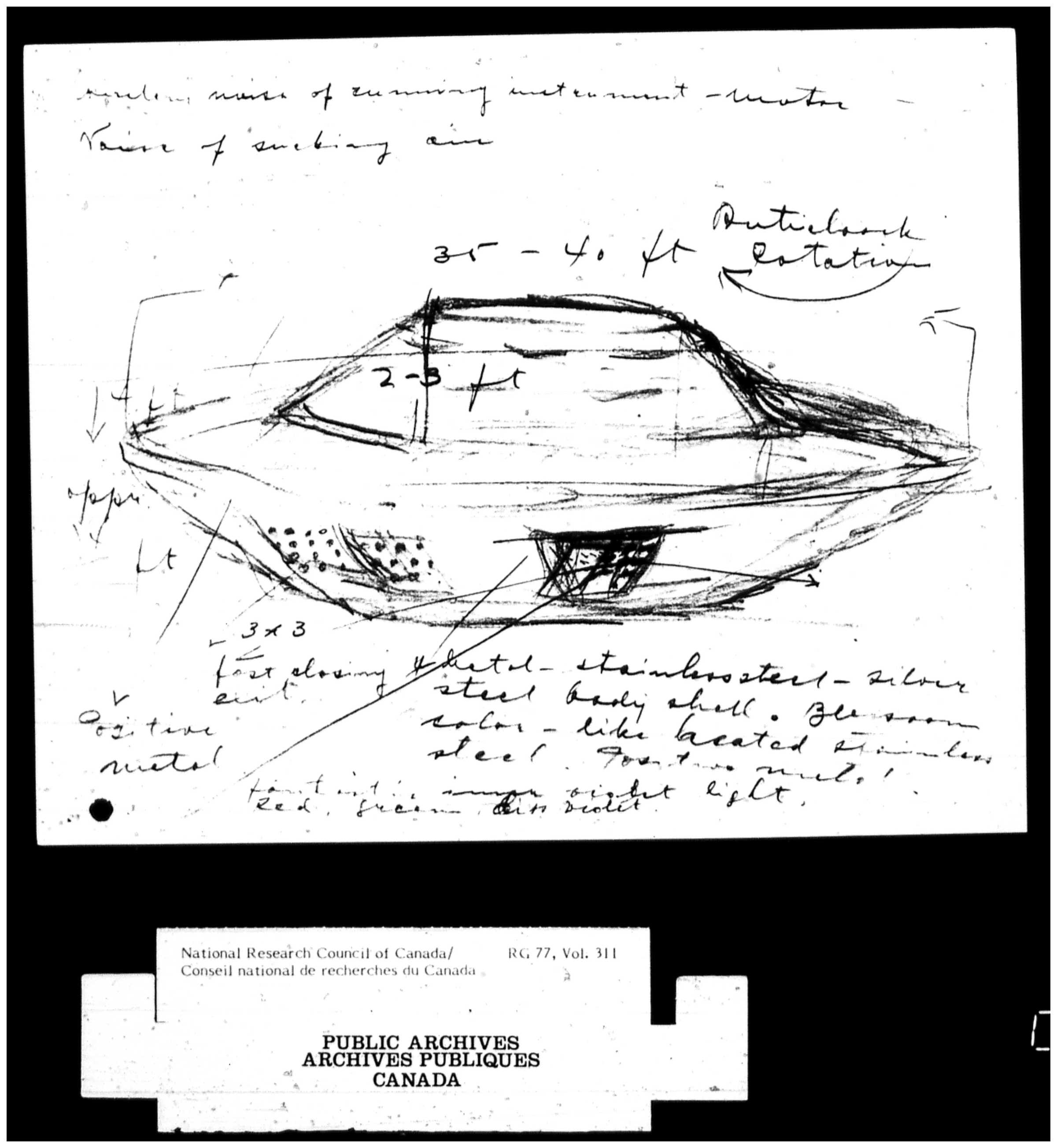Article
The Royal Canadian Dragoons
The Royal Canadian Dragoons (RCD) is the senior of three regular armoured regiments in the Canadian Army. The regiment was established in 1883 as a cavalry unit. Since then, it has served in major conflicts at home and overseas, including the North-West Rebellion, Boer War, First and Second World Wars and, more recently, the war in Afghanistan. The Dragoons have also served in peace operations in Egypt, Cyprus, Somalia and the Balkans. The regiment has been based at CFB Petawawa, Ontario, since 1987. It is currently part of 2nd Canadian Mechanized Brigade Group, 4th Canadian Division. A detached squadron serves at CFB Gagetown, New Brunswick.














